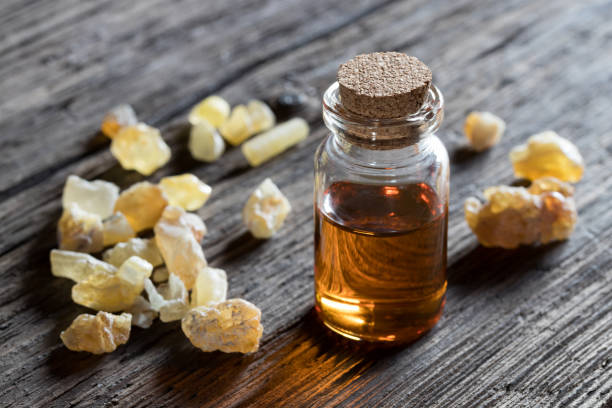
Frankincense has a significant meaning in Christianity being one of the gifts offered by the three wise men to the newborn Jesus. However, did you know that t his fragrant resin can be transformed into an essential oil that's valued not only in religious practice, but in aromatherapy and natural health too? Continue reading to gain more knowledge about frankincense oil and the health benefits you may derive from it.
What Is Frankincense Oil?
Frankincense, also called olibanum,1 is derived from two types of Boswellia trees: Boswellia sacra and Boswellia carteri.2 The process starts with extracting the milky white sap from the tree bark and hardened into a gum resin in around 10 days,3 and scraped off as tear-shaped droplets.4 The resulting oil is pale yellow-green and has a woody, earthy and spicy aroma.5Boswellia trees grow in African and Arabian regions, including Yemen, Oman, Somalia and Ethiopia. In particular, Oman is well-known for producing and trading frankincense to India, China and other countries in the Mediterranean for thousands of years. Live Science highlights that Oman is considered the most ancient source of frankincense.6
Frankincense trees can produce different colored resins. Brown-yellow and muddy frankincense is touted as the cheapest and most readily accessible, while silver and clear frankincense is considered high-quality. If you’re in Oman, the latter is usually reserved for the sultan and rarely shipped out of the country – it’ s hard to acquire if you live in Western parts of the world.7,8
No comments:
Post a Comment